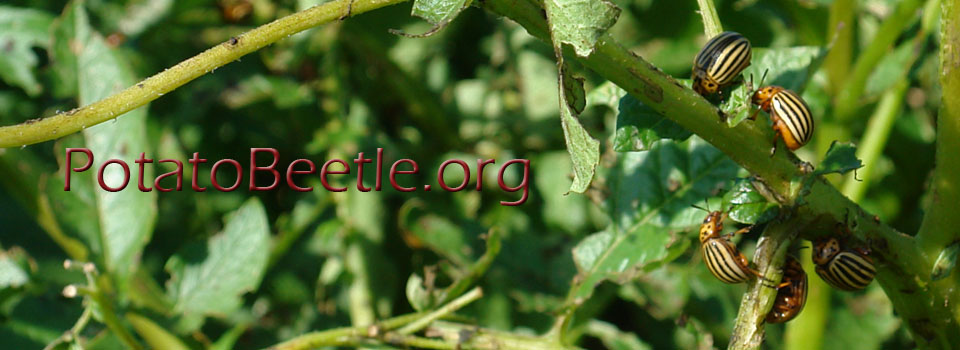Hunt ER, J., Rondon SI. Journal of Applied Remote Sensing. 2017;11(2):026013.
Colorado potato beetle (CPB) adults and larvae devour leaves of potato and other solanaceous crops and weeds, and may quickly develop resistance to pesticides. With early detection of CPB damage, more options are available for precision integrated pest management, which reduces the amount of pesticides applied in a field. Remote sensing with small unmanned aircraft systems (sUAS) has potential for CPB detection because low flight altitudes allow image acquisition at very high spatial resolution. A five-band multispectral sensor and up-looking incident light sensor were mounted on a six-rotor sUAS, which was flown at altitudes of 60 and 30 m in June 2014. Plants went from visibly undamaged to having some damage in just 1 day. Whole-plot normalized difference vegetation index (NDVI) and the number of pixels classified as damaged (0.70 ≤ NDVI ≤0.80) were not correlated with visible CPB damage ranked from least to most. Area of CPB damage estimated using object-based image analysis was highly correlated to the visual ranking of damage. Furthermore, plant height calculated using structure-from-motion point clouds was related to CPB damage, but this method required extensive operator intervention for success. Object-based image analysis has potential for early detection based on high spatial resolution sUAS remote sensing.
